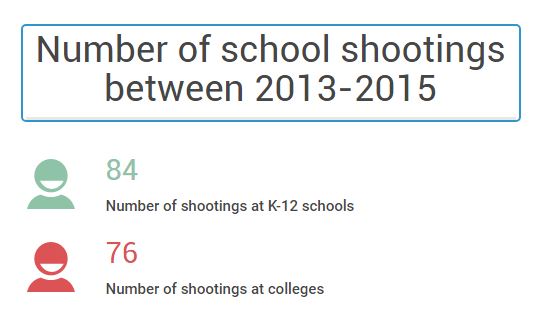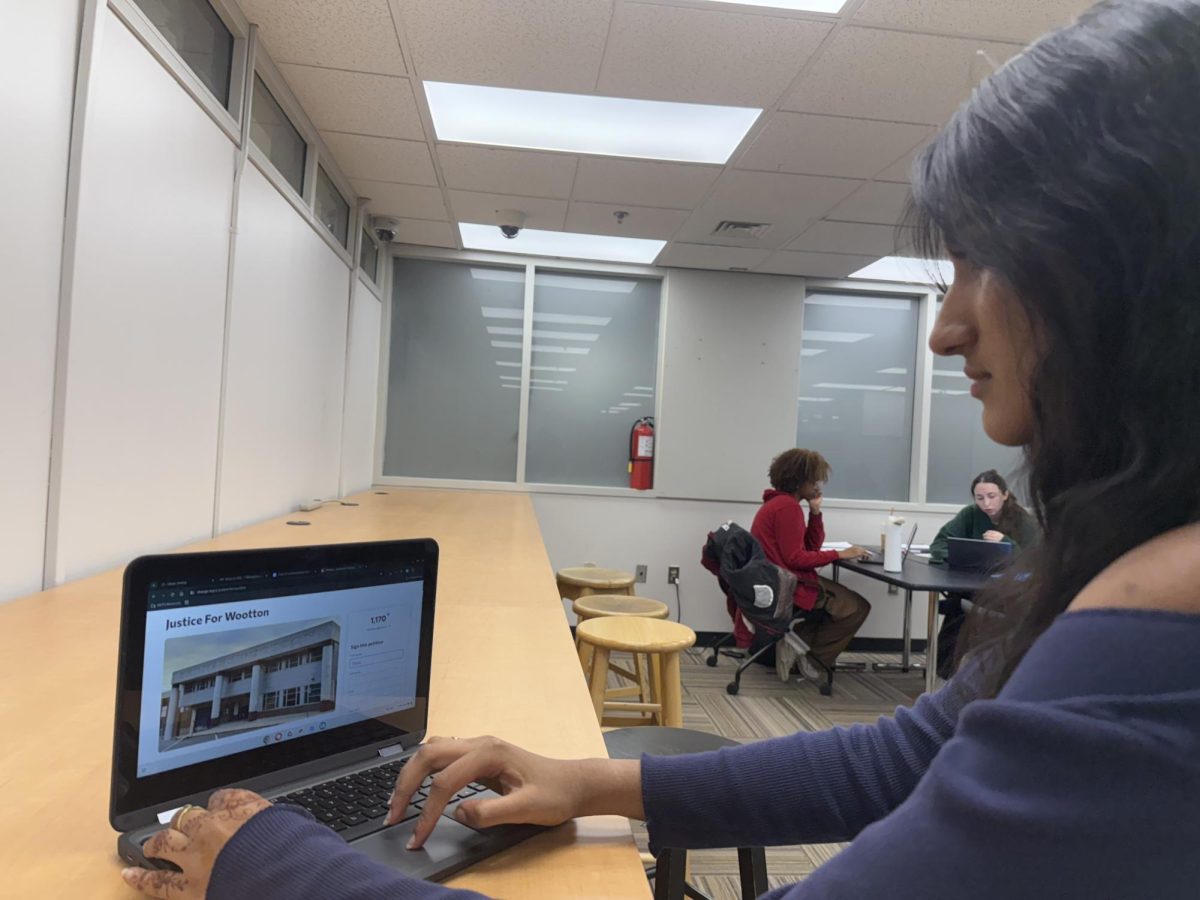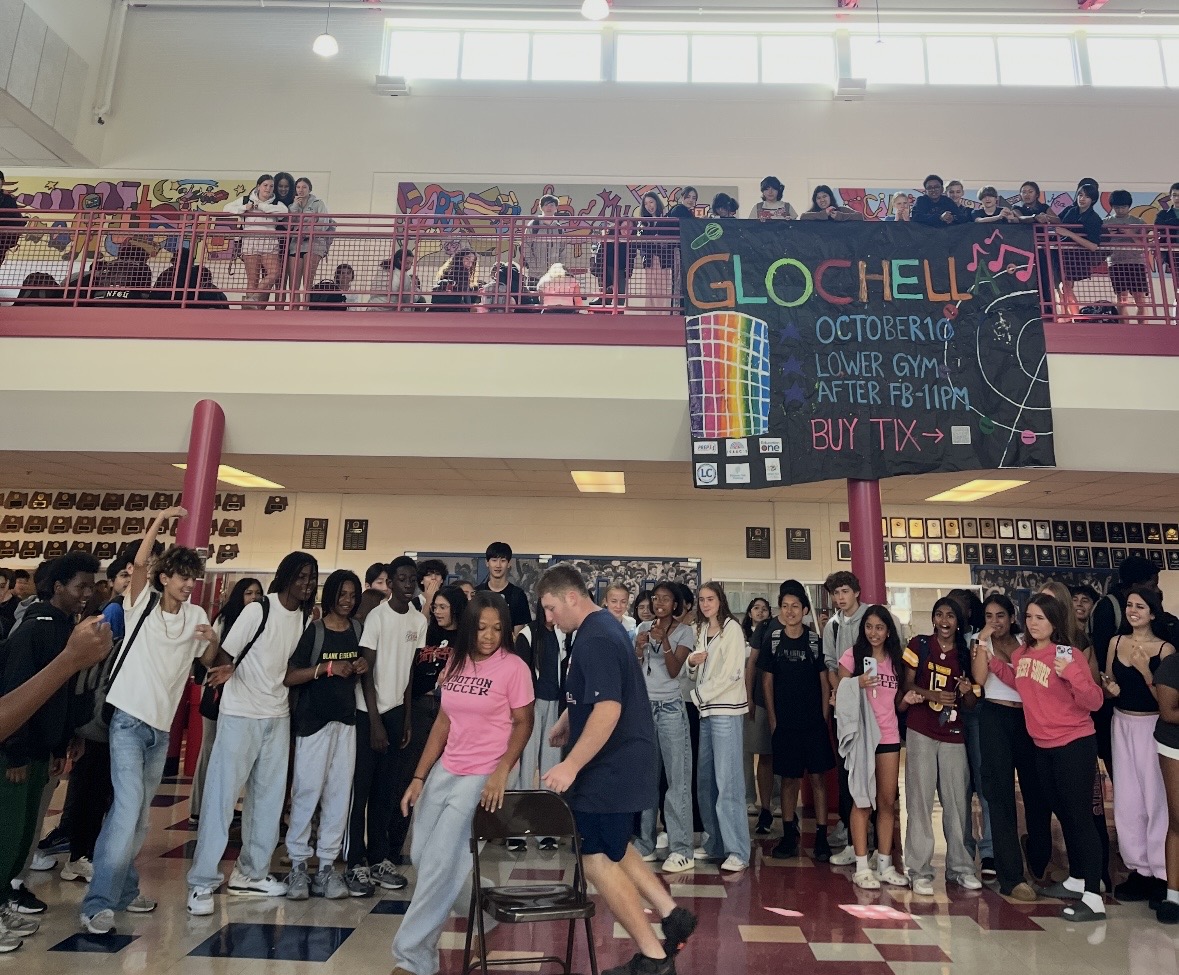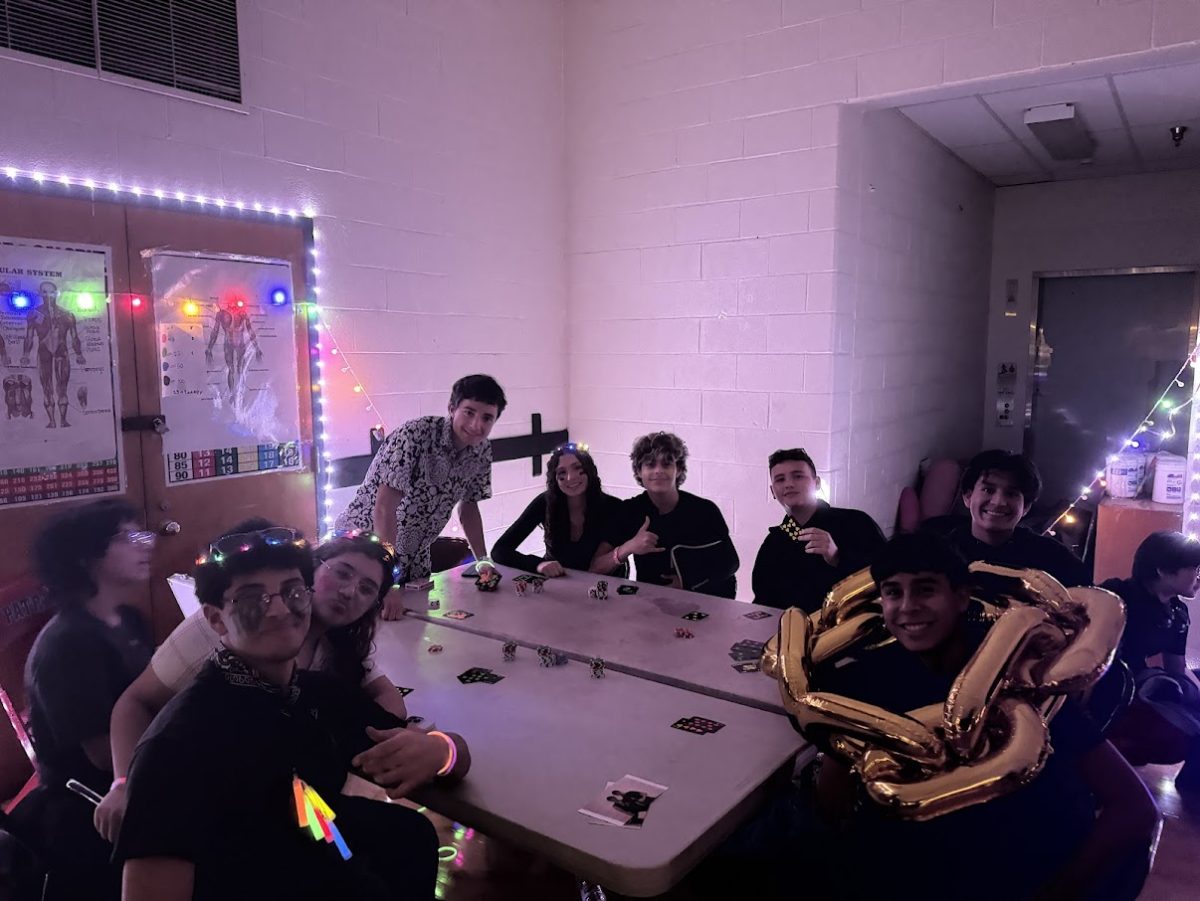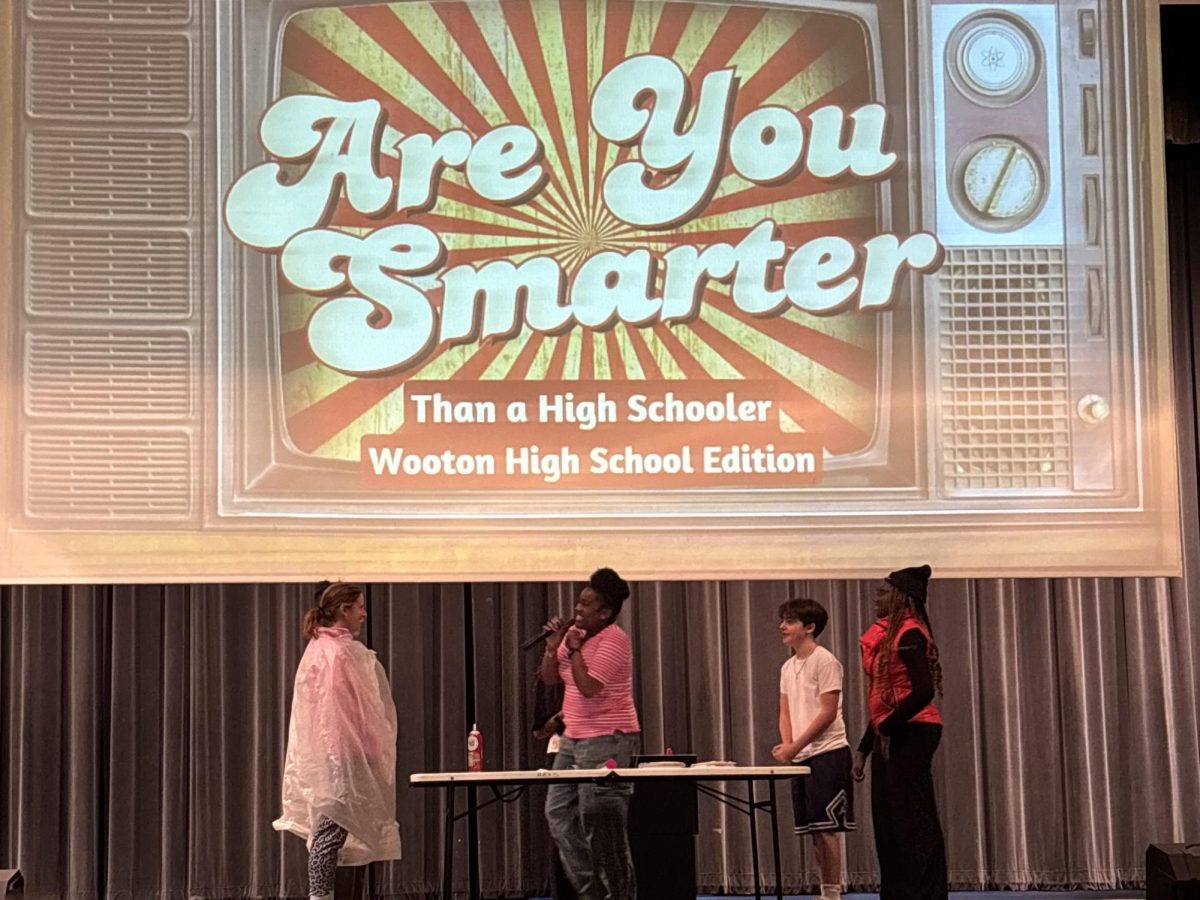On April 28 and 29, 1996, 28-year-old Martin Bryant finished his lunch at the Broad Arrow Cafe in Port Arthur, Australia, and pulled a semi-automatic rifle from his bag. What ensued would change history.
Thirty-five people were killed and 23 were wounded in Port Arthur, in what was the largest and deadliest mass shooting in Australian history. Bryant pleaded guilty to the mass murder and was given 35 consecutive life sentences. It was later found that Bryant had the IQ of an 11-year-old and was able to pay cash for his weapon at a local gun store.
The Port Arthur massacre was a defining moment in Australian history, one that changed gun laws forever. It took only six days for the Australian government to churn out the National Firearms Agreement, a law that not only banned automatic and semi-automatic weapons, but bought back more than 640,000 weapons from its citizens. In an article entitled Australia’s Lessons on Gun Control, Uri Friedman puts it best: “The number of mass shootings in Australia—defined as incidents in which a gunman killed five or more people other than himself, which is notably a higher casualty count than is generally applied for tallying mass shootings in the U.S.—dropped from 13 in the 18-year period before 1996 to zero after the Port Arthur massacre. Between 1995 and 2006, gun-related homicides and suicides in the country dropped by 59 percent and 65 percent, respectively, though these declines appear to have since leveled off.”
Contrast this to the U.S., where there were 372 mass shootings in 2015, 64 of which were school shootings. This left 475 dead and 1,870 wounded. Roughly 13,286 people were killed by firearms in 2015, and 26,819 were injured (these figures don’t take into account suicide). In 2012, 60 percent of murders were gun related, which was almost double neighboring Canada’s 31 percent.
A BBC article on gun control in the U.S. states “So many people die annually from gunfire in the US that the death toll between 1968 and 2011 eclipses all wars ever fought by the country. According to research by Politifact, there were about 1.4 million firearm deaths in that period, compared with 1.2 million U.S. deaths in every conflict from the War of Independence to Iraq.”
These numbers don’t appear to be stopping anytime soon. People around school feel that gun laws need to change. “I don’t like guns at all. They kill too many people, whether accidentally or on purpose,” junior Sophia Kram said.
The NRA
The National Rifle Association (NRA)is involved in any gun control debate. In an article in The New York Times, “The National Rifle Association does not have Republican ‘balls in a money clip,’ as Jimmy Kimmel put it the other night. The N.R.A. has donated a paltry $3,533,294 to all current members of Congress since 1998, according to The Washington Post, equivalent to about three months of Kimmel’s salary. The NRA doesn’t need to buy influence: It’s powerful because it’s popular.” While the donations from the organization don’t hurt its support, that isn’t what is making people side with them. The popularity of guns in America is incredibly high, and people feel that to keep their guns, they must stick with big organizations that will advocate for their rights to continue.
The 2nd Amendment
A point of contention is the Second Amendment of the Constitution, a document written 228 years ago. This Amendment exists so that “a well regulated Militia, being necessary to the security of a free State, the right of the people to keep and bear Arms, shall not be infringed.” While there is debate today on the definition of the word ‘militia,’ there was a bit of an update in 2008. In the Supreme Court case D.C. v. Heller, it was ruled in a 5-4 vote that the Second Amendment allows for the carrying of weapons by civilians, not strictly military purposes. As long as a citizen isn’t categorized as someone who is banned from bearing arms, they are entitled to their possession of a gun. “It is the job of Congress to follow the will of the people, and by sending these ‘thoughts and prayers,’ Congress is failing to do what is asked of them. Even gun owners and advocates feel as though there needs to be stronger regulations on gun ownership,” English teacher Zachary Lowe said.
While it is legally the right of citizens to bear arms, there has been backlash from people fed up with mass shooting after mass shooting. Based on a poll from Quinnipiac University in New Jersey, six in 10 voters in the US want stricter gun laws; 79 percent of citizens believe there should be a mandatory waiting period for all gun purchases; 64 percent of citizens wish to ban assault weapons; and 86 percent wish to ban gun sales to violent criminals. According to junior David Mejia, “It should be much more difficult for US citizens to purchase assault weapons. It is entirely too easy at the moment.”
Mass Shootings
Mass shootings at schools are a tragedy that America is far too familiar with. From 2013-2015, there were 160 school shootings, with 84 being K-12 and 76 occurring at colleges. Analysis over these years by Everytown, an organization for gun safety, shows that “in 95 incidents — over half — the perpetrator(s) intentionally injured or killed at least one other person with a gun. In eight of those incidents, the shooter then shot and killed him or herself; in 20 separate incidents, the shooter attempted or completed suicide without first attacking someone else. Twelve shootings were purely unintentional in nature, and in 33 other incidents, a gun was discharged but no one was injured.” While Sandy Hook was the deadliest school shooting in US history, no changes came to gun control, and school shootings have continued. In fact, 220 school shootings occurred immediately following Sandy Hook on Dec. 14, 2012, until April 11, 2017 (note: “school shooting” is classified as such when a firearm is discharged on a school campus). “After Sandy Hook we said never again. And then we let 1,518 mass shootings happen,” an article from Vox said.
Mental Illness
Much gun debate often focuses on whether or not mass shooters are plagued with mental illness, but rarely do people talk about is how there are more gun suicides that gun homicides in America. The Center for Disease Control (CDC) reports that “21,175 people committed suicide by firearm, while 11,208 people died in gun homicides.” In that same Vox article, it states that “people who die from suicide are likelier to live in homes with guns than people who merely attempted suicide, and states with higher rates of gun ownership have higher rates of gun suicide.” The buyback program in Australia took a fifth of Australia’s guns out of circulation and fireman suicides went down 74 percent. Elsewhere the statistics have proven the same correlation. When the Israeli Defense Forces stopped letting soldiers bring their guns home over the weekend, suicides fell 40 percent.”
The recent shooting in Las Vegas has everyone shaking their heads. Whether mass shootings, single homicides or firearm suicides, gun violence in the U.S. is a serious problem without an easy answer.
Max Jordan
Editor-in-Chief


